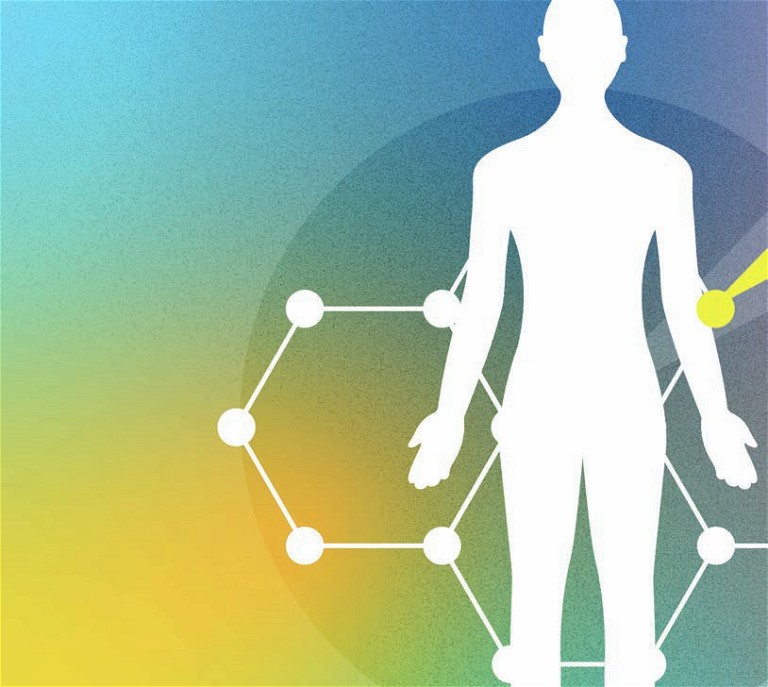
Less Than 5 Percent Human Effort: Thoughts on the Role of Automation
We all know that automation can reduce human labor, but how else can it make economically viable cell and gene therapies a reality?
By Dalip Sethi, Director of Scientific Affairs, Terumo Blood and Cell Technologies
“Automation” means different things to different people. To me, this word primarily means “tasks completed with minimal human interaction” – less than 5 percent, to put a figure on it. Under automation, more than 95 percent of the tasks at hand are completed by a nonhuman system, especially tasks spanning over multiple days such as cell culture. An automated device should be able to carry out an assigned protocol repeatedly without requiring human assistance.
There is no need to explain all the benefits that automation can offer to modern industrialized economies, nor is there any need to discuss the basic benefits that automation can offer to cell and gene therapy – numerous iterations of those articles already exist.
However, it is absolutely worthwhile to take stock of some of the most important recent advances in cell and gene therapy automation.
First and foremost, I am excited about my company’s new cell expansion platform, Quantum Flex. But this year, a new release from Invetech also caught my eye – a device for cell washing and concentration. Both innovations received significant attention – but not as much attention as the advances in the science of cell and gene therapies overall. Approvals of CAR T therapies, for example, always receive fanfare far louder than the release of any automated wonder-tool.
Is this a problem? I don’t think so. Technology and its providers are the enablers of science. The scientists and physicians working on the therapies will always lead the way. I see no problem with that aspect of the status quo. Cell and gene therapy has shown high response rates in the clinic, and so as a technology provider I am quite content to be one of the people who paves the road for scientists and physicians to progress their discoveries towards commercialization.
The past is gone In the past, cell and gene therapy companies borrowed technologies from the blood and transplant spaces, and began implementing them in their own field to meet new unmet medical needs. The goal was simply for the cell and gene field to function. Now, technologies are being specifically designed for the cell and gene therapy market. As the field matures, the transition from borrowed to “native” automated technologies is one aspect of the new era.
However, the big barrier to fully entering that era is cost. It’s fairly common knowledge that labor constitutes a major proportion of the cost weighing down cell and gene therapy, and it’s true that automation has been driving down costs by cutting labor out of the equation since the 18th century. The less obvious point I’d like to make is that automation is not the only means of reducing labor costs in cell and gene therapy. If we keep our focus on the field’s non-human entities – on machines and the buildings that house them – then we can look to a one-off investment in an efficient manufacturing system as one way to bring down running costs. The initial construction may not be cheap,

Pharma
and Fordism
Sitting Down With…
Gen Li, CEO, Phesi